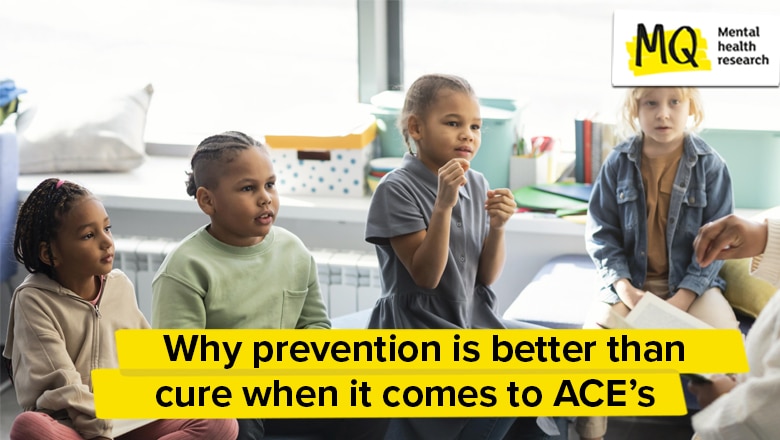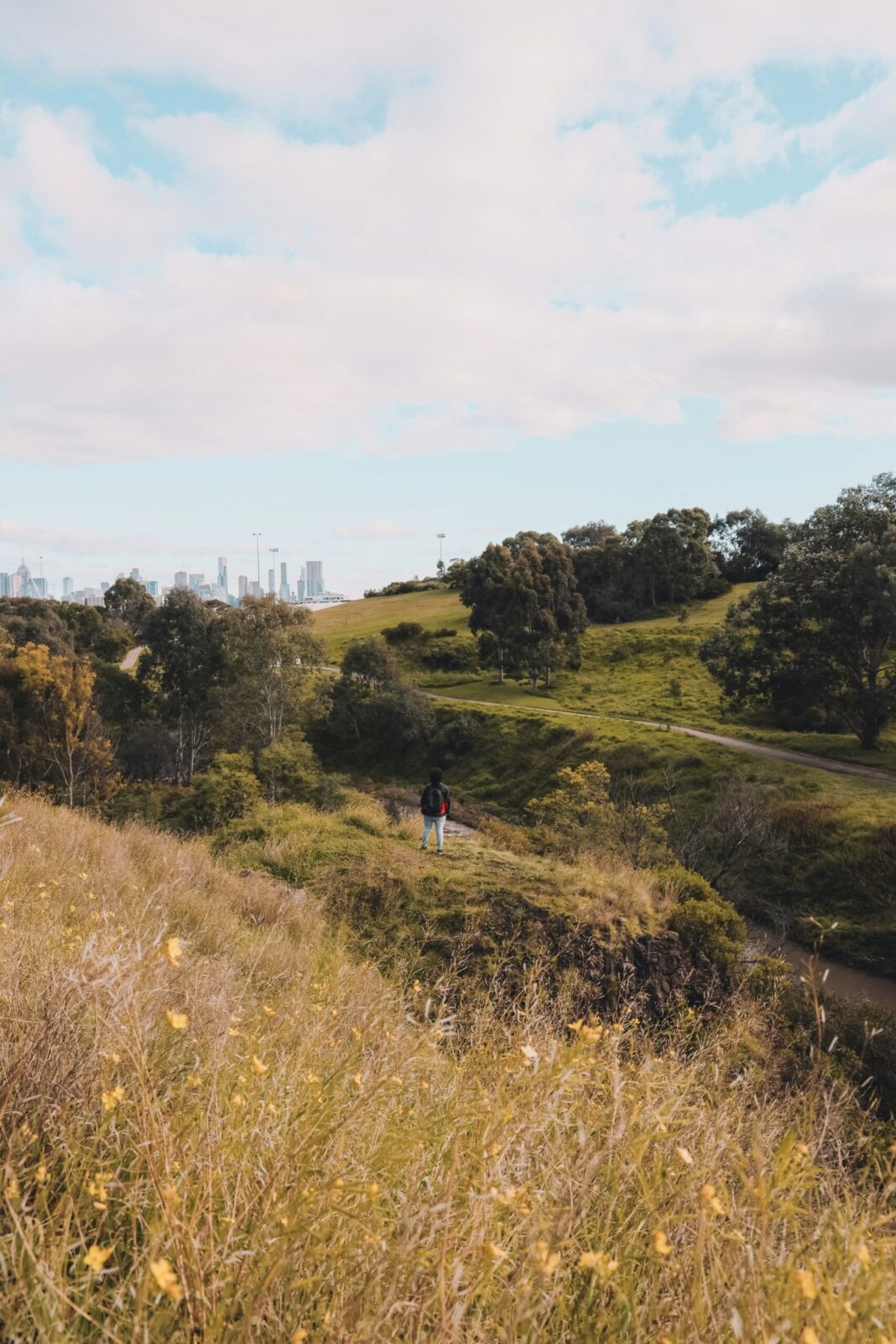This blog was written by experts by experience Jack and Ella, with support from Professor Kamaldeep Bhui, a member of MQ’s Science Council.
I am Jack, and I work as research and policy advisor for the ATTUNE Research project.
One out of every five young people aged 10-25 is experiencing a mental health problem; this is a terrifying statistic, especially when we consider there are 12 million young people in this age bracket in the UK.. What is even more worrying, is that during this crucial time in their life where their identity and their personality develop, over half of those have not had effective support.
Another staggering number is that mental health costs the UK conservatively £117.9 billion every single year. Adverse childhood experiences (ACEs) that the young people experience can have life long and life-limiting effects. Young people who have ACEs are more likely to consider suicide, use alcohol and drugs, develop chronic illnesses, and face unemployment.
Having more than 5 ACEs is suggested to shorten life expectancy by 15-20 years.
Although ACEs can affect anyone, those who live in the poorest parts of the country, or who are part of minority communities like the LGBTQIA+ community, immigrant community, those who are neurodivergent and disabled, and others not accessing support are more likely to suffer, and more vulnerable to experiencing and being affected by ACEs.
Working with the ATTUNE Project as part of their Young People Advisory Groups (YPAGs), I have been able to see how ACEs can have a catastrophic effect on young people and their lives. Across the country the stories that I have heard are so different, but similar too in terms of invalidation of experience, and the strong feeling that their experiences do not matter to those who are meant to be helping them. This not only damages the possibility that young person reach out for support but can be an ACE in of itself. I have also been able to see how effective ways creative practice works in helping young people to process, open up and communicate with others about things which are bothering them.
A group of us spoke to a Youth Worker in Cornwall about his experiences working with young people who are experiencing poor mental health. He spoke of how he offers them a choice for the sessions he does with them, either go out and do an activity and talk, or stay inside; all of them, he said, chose to do an activity. This aligns with one of the project’s findings, which has consistently come up in the research, that is the importance for young people of nature, whether viewing it from a distance, or experiencing being in green spaces or near the sea.
The idea of a third space (a safe space away from home and school/work) is also something that has been commonly brought up in the research by young people as a crucial element for youth mental health. Creative arts, and spaces for young people just two of the elements which are solutions for helping young people in their mental health.


